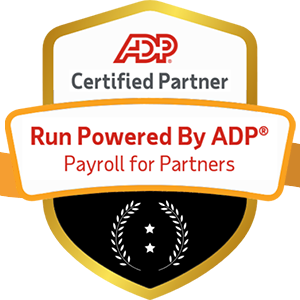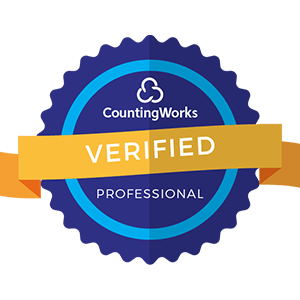
Payroll management plays a crucial role in any business operations, ensuring everyone gets paid on time, in the right amounts, and that your records are accurate for internal and tax purposes. Losing critical payroll data in the event of a power outage or a systems crash can thus have a disastrous impact on your business, making a payroll contingency plan crucial to safeguarding important data.
Every company knows it needs skilled employees and up-to-date technology, but many are unaware that they also need plans in place to protect their data should something go wrong. This guide will cover everything you need to know about payroll management and why a contingency plan is essential to keeping your operations running as smoothly as possible.
Payroll management refers to any number of processes essential for keeping payroll function running smoothly. The following are some of the most important payroll tasks that need to be managed.
1. Process documents and company records
Every business needs to keep accurate records. A company generally uses some kind of payroll software to process and store this information. Data that a payroll employee needs to manage includes:
Payroll data is vital and affects every aspect of a business. It's essential to make sure records are accurate and up to date.
2. Managing paychecks and taxes
One of the central payroll processing functions is to make sure employees are paid accurately and on time. Payroll can be quite complicated in today's economy, as businesses may employ part-time, full-time, temporary workers, and independent contractors. There can also be a mix of salaried and commission-based workers. Payroll personnel must manage and process all relevant payroll data.
Payroll taxes go hand-in-hand with paychecks, and errors relating to tax deductions can create problems with both state and federal tax agencies. Payroll managers need to file W-2s for staff on time each year as well as other essential forms.
Payroll and human resources (HR) are closely related, and may even be handled by the same people in smaller businesses. For example, when HR recruits new employees and gets them enrolled in benefits packages, this information needs to be passed along seamlessly to payroll. The process is similar when an employee leaves the business.
Specific payroll processes may vary depending on the size of a business, the industry, the way it pays workers, and other factors. In all cases, though, efficient payroll management is crucial.

As the term suggests, contingency payroll management is a plan in place should anything happen that disrupts your business's records. It's always good to have a contingency plan for disaster recovery and unforeseen events. Scenarios in which payroll contingency planning is critical include:
No one likes to think of such events, but they do happen. A contingency plan gives your business greater confidence and well-being, as you know you'll be prepared if disaster strikes.
A payroll contingency plan is important for disaster recovery and maintaining operations should a problem occur. Here are the essential steps and best practices you need to implement an effective plan.
Backing up payroll data is your first line of defense against losing crucial information. Make sure your payroll data is saved in multiple places, and that your backup process and login credentials are shared across company leaders for maximum effectiveness. It's best to have data on the cloud as well as on a removable disk so you're covered if either is lost or damaged for any reason.
You need to be aware of your business payroll obligations so you can formulate a plan if something goes awry. Consider sources of funding you could draw from if the normal channels were temporarily unavailable. It's always best to have reserves of cash you can quickly access in an emergency, and to play out as many "What if?" scenarios as possible to cover all your bases in payroll contingency planning.
A payroll disaster may result in your usual payroll team being unavailable to work as usual. To prepare for such an event, you can cross-train other workers throughout your organization on the basics of payroll, the software solutions you use, and then provide each relevant "backup staff" member with login access to essential systems. At the same time, you should only provide access to confidential information to employees and service providers who are completely trustworthy. On a related note, make sure that those with such access and/or training know where payroll data is stored.
You may want to look for help creating a payroll contingency strategy from a company that specializes in payroll outsourcing and solutions. You can always look for help after a disaster occurs, but it's better to be proactive and get a viable contingency plan in place before something bad happens. It's always more complicated to clean up a mess when you didn't take the right precautions, after all.
These are some essential steps to include in your payroll contingency plan. Taking such precautions puts your business in a stronger position as it will be less vulnerable to losing essential data if a payroll disaster or some other emergency occurs.
The payroll process is something every payroll employee and management team may not think much about as long as everything is running smoothly. The effects can be devastating to a company when there's a problem, however: Nothing will upset employees more than problems with their paychecks, and lost or inaccurate records can cause compliance problems with tax agencies.
If you need assistance putting a contingency plan in place to protect your company against a payroll disaster, it may be time to call in a professional team that's ready to guide you through the process. Ignite HCM provides a simpler way to manage payroll & HR, coming in prior to any cataclysmic event to keep your payroll processes on track. Our team:
Contact the Ignite HCM team today to speak with an expert about any payroll contingency planning questions you might have.


